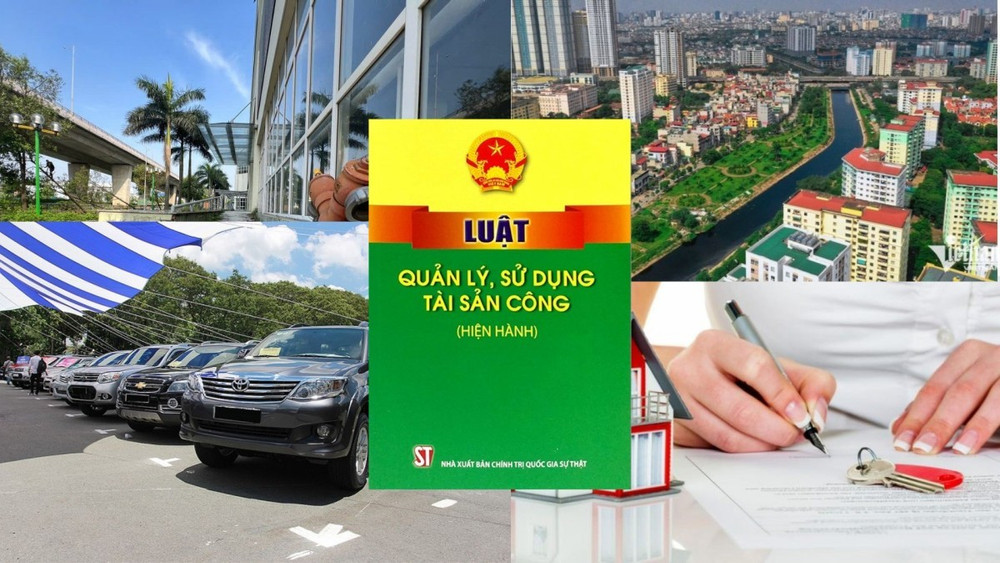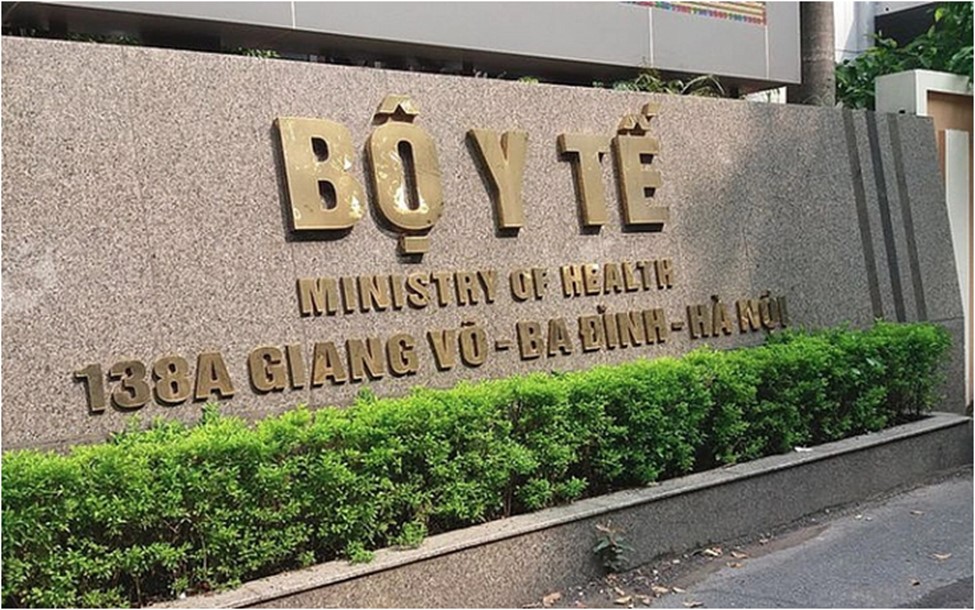Vietnam Valuation Standards for Enterprise Valuation
The Ministry of Finance has issued Circular No. 36/2024/TT-BTC promulgating the Vietnam Valuation Standards for Enterprise Valuation.

Vietnam Valuation Standards for Enterprise Valuation (Image from the internet)
Vietnam Valuation Standards for Enterprise Valuation
Pursuant to Articles 4 and 5 of Circular 36/2024/TT-BTC:
- The basis for determining the enterprise valuation is established based on the purpose of the valuation, legal features, economic-technical features, market features of the enterprise to be valued, the requirements of the valuation customer in the valuation contract (if compatible with the valuation purposes), and relevant legal provisions. Other contents shall be implemented according to the Vietnam Valuation Standards for valuation bases.
- The operational status and transaction status (actual or hypothetical) of the business from the after the valuation date are determined based on the collected information about the feasible business prospects of the enterprise, the market in which the enterprise operates, the purpose of the valuation, and legal provisions.
- The value of the enterprise is commonly the value of a going-concern enterprise, a time-limited operating enterprise, or a liquidating enterprise.
Use of Financial Statements in Enterprise Valuation in Vietnam
- The use of financial statements in enterprise valuation is grounded on the selected approach and method of enterprise valuation, the valuation date, and the characteristics of the enterprise to be valued. Priority should be given to audited financial statements reviewed by an independent audit entity.
- Examination and verification of the financial statements to ensure reliability; if necessary, request the appraised enterprise to adjust financial data in the financial statements before using this financial data for analysis and applying valuation approaches and methods to serve enterprise valuation. If the to-be-valued enterprise does not make adjustments, determine the discrepancy and clearly analyze the content, basis of adjustment, and state them in the valuation report.
- If using data from unaudited, not reviewed financial statements, or audited, reviewed financial statements with other than unqualified opinions, this limitation must be disclosed in the limitations section of the valuation report and valuation certificate or the valuation result notification to inform the organization, individual requesting the valuation and users of the valuation result.
- For valuation methods under the market approach: when using data from the financial statements of the appraised enterprise, enterprises compare to calculate indicators: earnings per share (EPS), earnings before interest, taxes, depreciation, and amortization (EBITDA) to calculate market ratios. Adjustments should exclude income and expenses of non-operating assets, unusual and non-recurring expenses and income.
- For valuation methods under the income approach: using profit data from the financial statements of the recent years of the appraised enterprise to forecast future annual income streams, unusual and non-recurring expenses and income should be excluded, as well as income and expenses of non-operating assets.
- Unusual and non-recurring expenses and income include: costs related to business restructuring; gains or losses recognized from asset sales; changes in accounting estimates; inventory write-downs; goodwill impairment; debt write-offs; losses or gains from court decisions, and other non-recurring profits and costs. These adjustments should consider the impact of corporate income tax (if any).
(Article 6 Circular 36/2024/TT-BTC)
Approaches and Methods for Enterprise Valuation in Vietnam
The application of approaches and methods for enterprise valuation must be appropriate to the enterprise value basis and assessment of the business’s operational status at and after the valuation date.
- Market Approach
The enterprise value is determined through comparing the value of similar businesses with the appraised business in terms of factors: scale; primary business sector; business risks, financial risks; financial ratios, or successful transaction prices of the appraised business. Methods used under the market approach to determine enterprise value include the average ratio method and the transaction price method.
- Cost Approach
The enterprise value is determined through the value of the business’s assets. The method used under the cost approach to determine enterprise value is the asset-based method.
- Income Approach
The enterprise value is determined by discounting forecasted future net cash flows to the valuation date. Methods used under the income approach to determine enterprise value include the free cash flow discounting method, the dividend discounting method, and the equity free cash flow discounting method.
When determining the enterprise value by the income approach, the value of non-operating assets at the valuation date should be added to the discounted value of forecasted cash flows of operating assets at the valuation date. If the cash flows of some operating assets cannot be reliably forecasted, these assets’ values should be determined separately to add to the enterprise value. The dividend discount method does not add non-operating assets like cash and cash equivalents.
Le Nguyen Anh Hao
- Number of deputy directors of departments in Vietnam in accordance with Decree 45/2025/ND-CP
- Cases ineligible for pardon in Vietnam in 2025
- Decree 50/2025 amending Decree 151/2017 on the management of public assets in Vietnam
- Circular 07/2025 amending Circular 02/2022 on the Law on Environmental Protection in Vietnam
- Adjustment to the organizational structure of the Ministry of Health of Vietnam: Certain agencies are no longer listed in the organizational structure
- Vietnam aims to welcome 22-23 million international tourists in Vietnam in 2025
-

- Number of deputy directors of departments in Vietnam ...
- 15:04, 05/03/2025
-

- Cases ineligible for pardon in Vietnam in 2025
- 14:43, 05/03/2025
-

- Decree 50/2025 amending Decree 151/2017 on the ...
- 12:00, 05/03/2025
-

- Circular 07/2025 amending Circular 02/2022 on ...
- 11:30, 05/03/2025
-

- Adjustment to the organizational structure of ...
- 10:34, 05/03/2025
-

- Notable new policies of Vietnam effective as of ...
- 16:26, 11/04/2025
-
.Medium.png)
- Notable documents of Vietnam in the previous week ...
- 16:21, 11/04/2025
-
.Medium.png)
- Notable documents of Vietnam in the previous week ...
- 16:11, 02/04/2025
-
.Medium.png)
- Notable new policies of Vietnam to be effective ...
- 16:04, 02/04/2025
-
.Medium.png)
- Notable new policies of Vietnam effective from ...
- 14:51, 21/03/2025
 Article table of contents
Article table of contents
